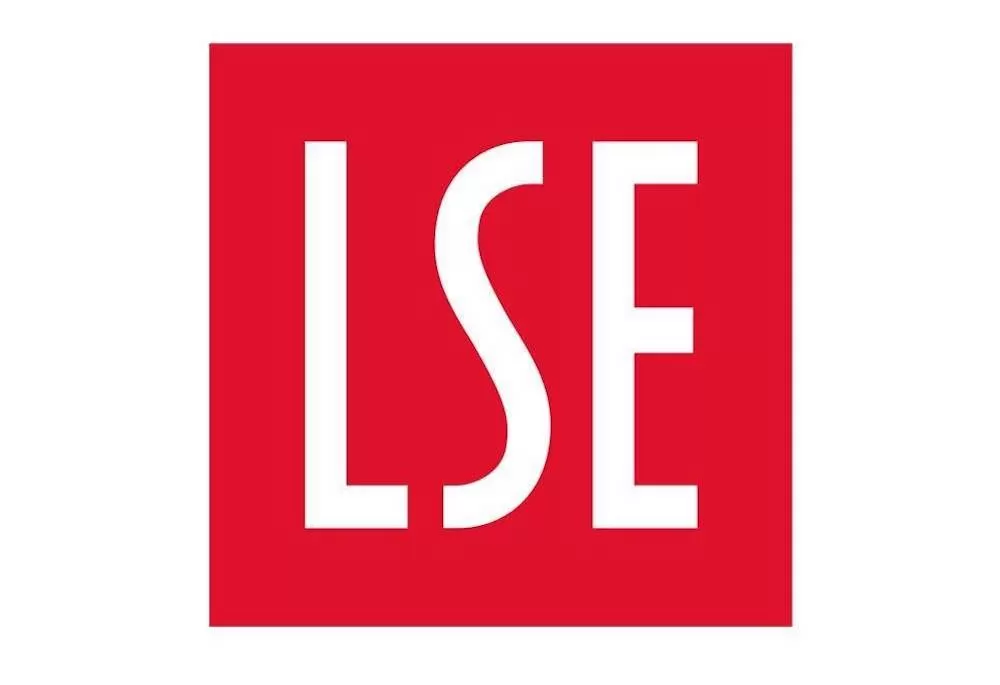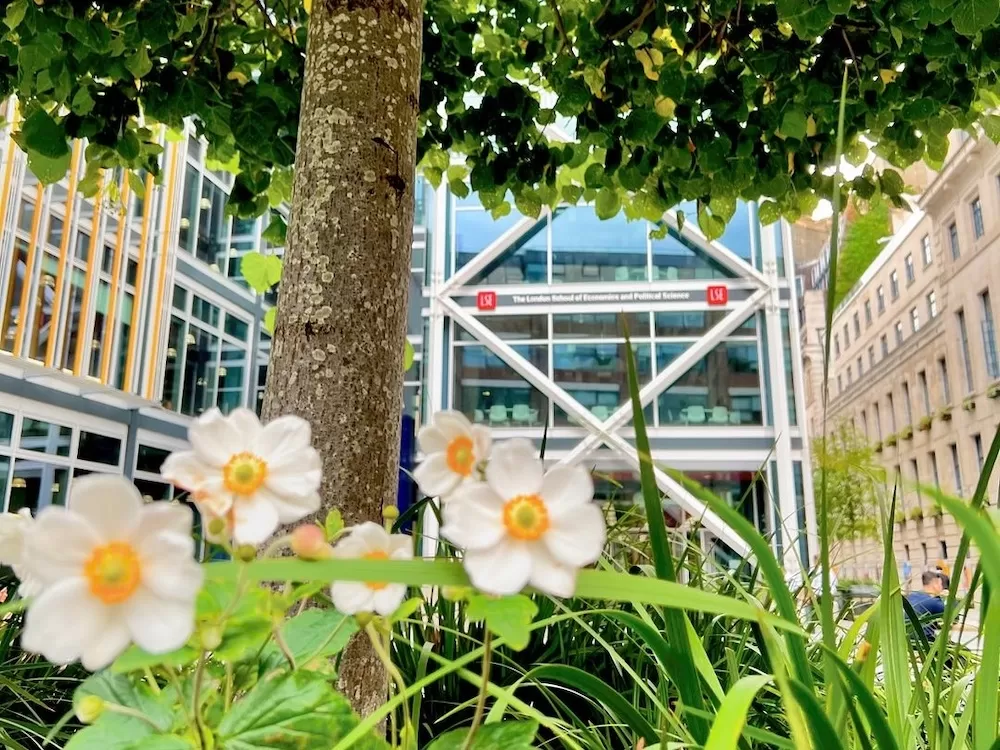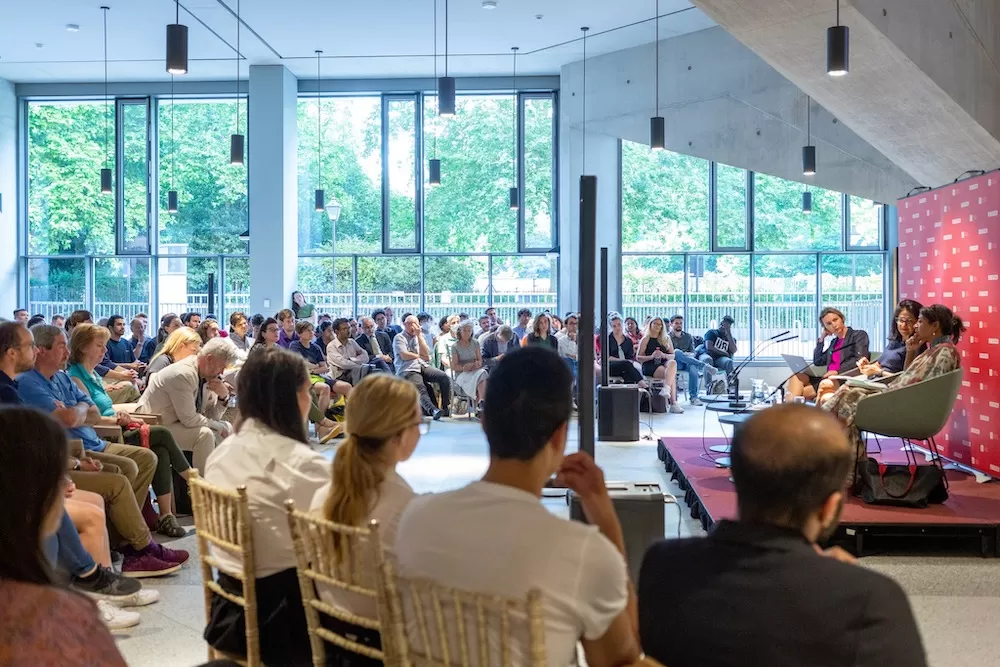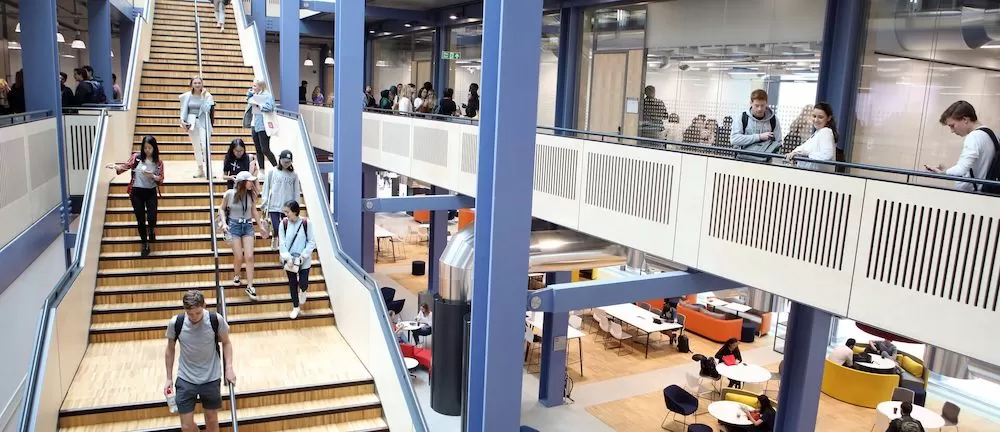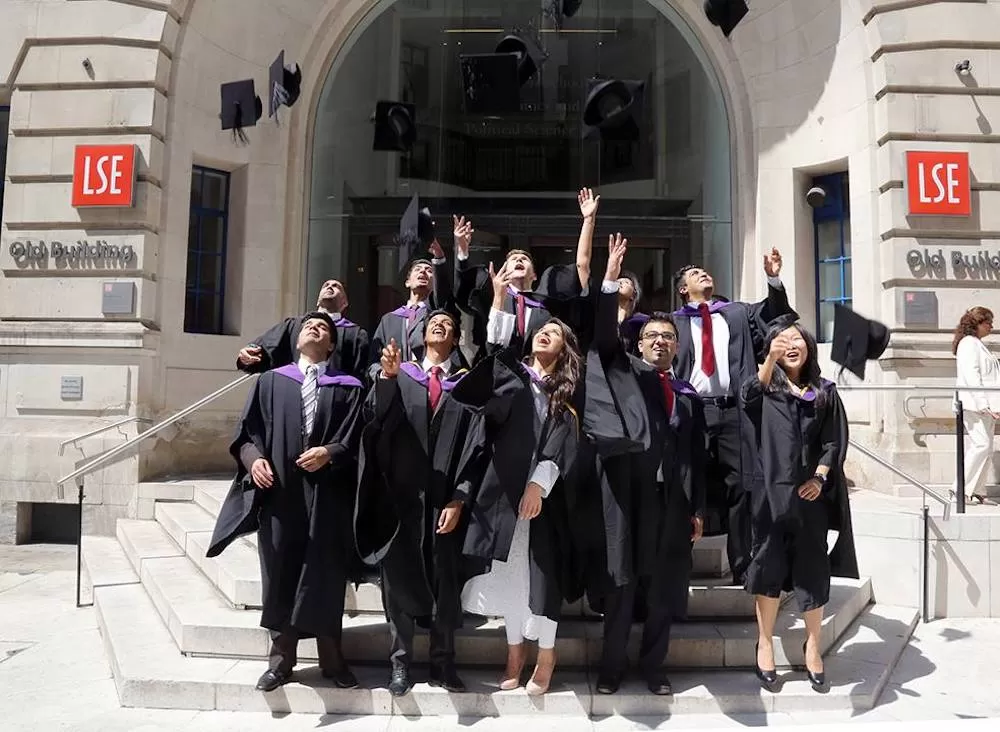Social sciences reign supreme in the
London School of Economics and Political Science. As a member institution of the bigger University of London, it's built on a prestigious foundation that can rival the other top universities in and near London. It may not be as prominent as Oxford or Cambridge, but it has still become a valuable institution in its own right. Upon its establishment in 1895, it eventually became a school to study social sciences in any major city around the world. It's also the most prestigious school in London's City of Westminster.
Source: The London School of Economics and Political Science - LSE Facebook Page
History of LSE
A pair of siblings, Beatrice and Sidney Webb, founded the London School of Economics and Political Science in 1895. Both are sociologists, economists, and reformists, intellectual elites who had considerable sway in high society and political circles. They started the school with only £20,000.00, a bequest made by the estate of lawyer Henry Hunt Hutchinson. And while the idea of opening the institution was only mentioned in a breakfast meeting in August 1894, it didn't take long for the Webbs to start working on and eventually open the school. The first classes in LSE took place in October 1895. By 1900, it would eventually be part of the bigger University of London.
What Does LSE Look Like?
Famously, LSE is housed in a grand Victorian building on Houghton Street. Located in the Holborn
neighborhood of London, the city's historic law district. This gives the college an edge considering that LSE is best known for its law-centric programs. The school itself boasts old-world halls mixed with modern classrooms and school facilities. There are also computer laboratories, big lecture rooms, and common areas where students can relax, study, and socialize in peace. Its library is particularly famous, serving as a great source of references for students, scholars, and professionals alike.
Source: The London School of Economics and Political Science - LSE Facebook Page
The LSE Student Body
While it's a historic and popular
top university in London, LSE's student body is far from the biggest. The school only welcomes nearly 13,000 students per year. They comprise both new applicants who have just been accepted and those returning who have yet to graduate. To break it down even further, about 5,500 undergraduates and 7,500 postgraduates make up the student body. It's one of the very few schools that have a lot more postgraduates than undergraduates. Usually, it's the other way around. In terms of its international students, they make up over 70% of the entire student body.
LSE's Best Programs and Courses
True to its name, LSE gained prominence with its economic and political academic courses. The school offers undergraduate programs in Law, Anthropology and Law, International Relations, and Sociology, among many others. For postgraduates, you can get a Master's Degree in Law, Criminal Justice Policy, and even a Double Master of Science in International Affairs. Don't forget about economics too! The college offers Master of Science degrees in Economics & Management, Psychology of Economic Life, and Finance & Economics too.
Source: The London School of Economics and Political Science - LSE Facebook Page
LSE’s Prerequisites
What do you need to get into LSE? Well, it depends on the course you're applying to. There's still the standard—a high school diploma for undergraduate programs and a Bachelor's Degree in any related field for postgraduate courses—but you need more than that. For one thing, the school requires at least A-level grades, which means you also have to be among the top students in your previous class. Some courses require taking admissions tests too. Naturally, the law-centric programs will require applicants to take the Law National Admissions Test (LNAT), for example.
How Much Does It Cost to Study at LSE?
Is it expensive to study in LSE? In the grand scheme of things, yes, it is. The college's tuition fees cost around £9,250.00 per year for UK and EU students and £18,408.00 per year for non-EU enrollees. It's worth noting that the UK/EU costs are largely the same as those of other higher educational institutions in the city. But the international costs, however, are comparatively lower. At the same time, non-EU applicants still have to apply for a student visa to
move to London and study here legally, which comes with its own costs too.
Source: The London School of Economics and Political Science - LSE Facebook Page
Where is LSE in London?
To say that LSE's location is strategic is an understatement. As already mentioned, the school is in Holborn, London's law district. This is also where you'll find the Royal Courts of Justice and the Inns of Court, among many others. These are the very same government buildings that many of LSE's students are studying and hoping to work in once they get their degrees. Fortunately, Holborn is also home to countless
luxury apartments in London. They're perfect for students to rent—perhaps with roommates as they tend to be expensive—so they can live near the campus.
LSE's Famous Graduates
LSE's alumni list reads like a who's who of the most prominent figures in local/international politics, finance, and economics. The likes of Virginia Bottomley, Yvette Cooper, Robert Kilroy-Silk, Frank Dobson, Ed Miliband, and Jo Swinson have all graduated here. These are some notable UK politicians who have impacted the country in recent years. At the same time, international heads-of-state have also studied here, ranging from former Costa Rican president Óscar Arias and former Japanese Prime Minister Taro Aso to even Queen Margrethe II of Denmark. How's that for impressive alumni?
Source: The London School of Economics and Political Science - LSE Facebook Page
You'd be surprised at how the London School of Economics and Political Science can go toe to toe with the likes of Oxford and Cambridge in teaching and training the world's next leaders in the business and finance world.
